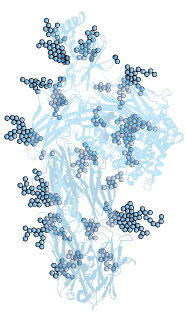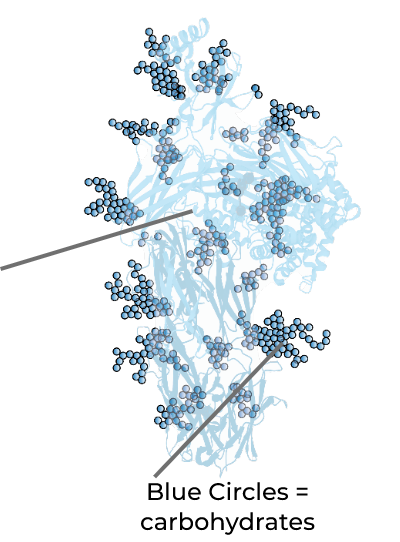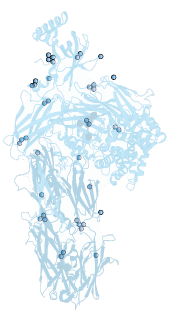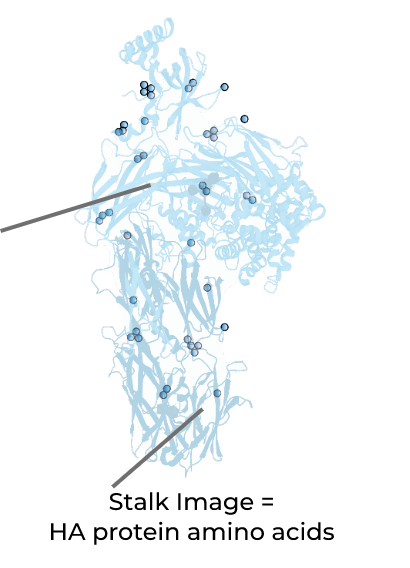Fluzone Quadrivalent, Flublok Quadrivalent, and Fluzone High-Dose Quadrivalent should not be administered to anyone who has had a severe allergic reaction (e.g., anaphylaxis) to any component of the vaccine (including egg protein for Fluzone Quadrivalent and Fluzone High-Dose Quadrivalent). In addition, Fluzone Quadrivalent and Fluzone High-Dose Quadrivalent should not be administered to anyone who has had a severe allergic reaction after previous dose of any influenza vaccine.
Appropriate medical treatment and supervision must be available to manage possible anaphylactic reactions following administration of the vaccine.
If Guillain-Barré syndrome has occurred within 6 weeks following previous influenza vaccination, the decision to give Fluzone Quadrivalent, Flublok Quadrivalent, and Fluzone High-Dose Quadrivalent should be based on careful consideration of the potential benefits and risks.
If Fluzone Quadrivalent, Flublok Quadrivalent, and Fluzone High-Dose Quadrivalent are administered to immunocompromised persons, including those receiving immunosuppressive therapy, the immune response may be lower than expected.
Vaccination with Fluzone Quadrivalent, Flublok Quadrivalent, and Fluzone High-Dose Quadrivalent may not protect all recipients.
Syncope (fainting) has been reported following vaccination with Fluzone Quadrivalent and Fluzone High-Dose Quadrivalent. Procedures should be in place to avoid injury from fainting.
For Fluzone Quadrivalent, in children 6 months through 35 months of age, the most common injection-site reactions were pain or tenderness, erythema, and swelling; the most common solicited systemic adverse reactions were irritability, abnormal crying, malaise, drowsiness, appetite loss, myalgia, vomiting, and fever. In children 3 years through 8 years of age, the most common injection-site reactions were pain, erythema, and swelling; the most common solicited systemic adverse reactions were myalgia, malaise, and headache. In adults 18 years and older, the most common injection-site reaction was pain; the most common solicited systemic adverse reactions were myalgia, headache, and malaise.
For Flublok Quadrivalent, in adults 18 through 49 years of age, the most common injection-site reactions were tenderness and pain; the most common solicited systemic adverse reactions were headache, fatigue, myalgia, and arthralgia. In adults 50 years of age and older, the most common injection-site reactions were tenderness and pain; the most common solicited systemic adverse reactions were headache and fatigue.
For Fluzone High-Dose Quadrivalent, in adults 65 years of age and older, the most common injection-site reaction was pain; the most common solicited systemic adverse reactions were myalgia, headache, and malaise.
For Fluzone Quadrivalent, Flublok Quadrivalent, and Fluzone High-Dose Quadrivalent, other adverse reactions may occur.
Before administration, please see the full Prescribing Information for Fluzone Quadrivalent, Flublok Quadrivalent, or Fluzone High-Dose Quadrivalent . Also, please see complete Patient Information for Fluzone Quadrivalent or Fluzone High-Dose Quadrivalent .
Click here to learn more about Sanofi’s commitment to fighting counterfeit drugs.

